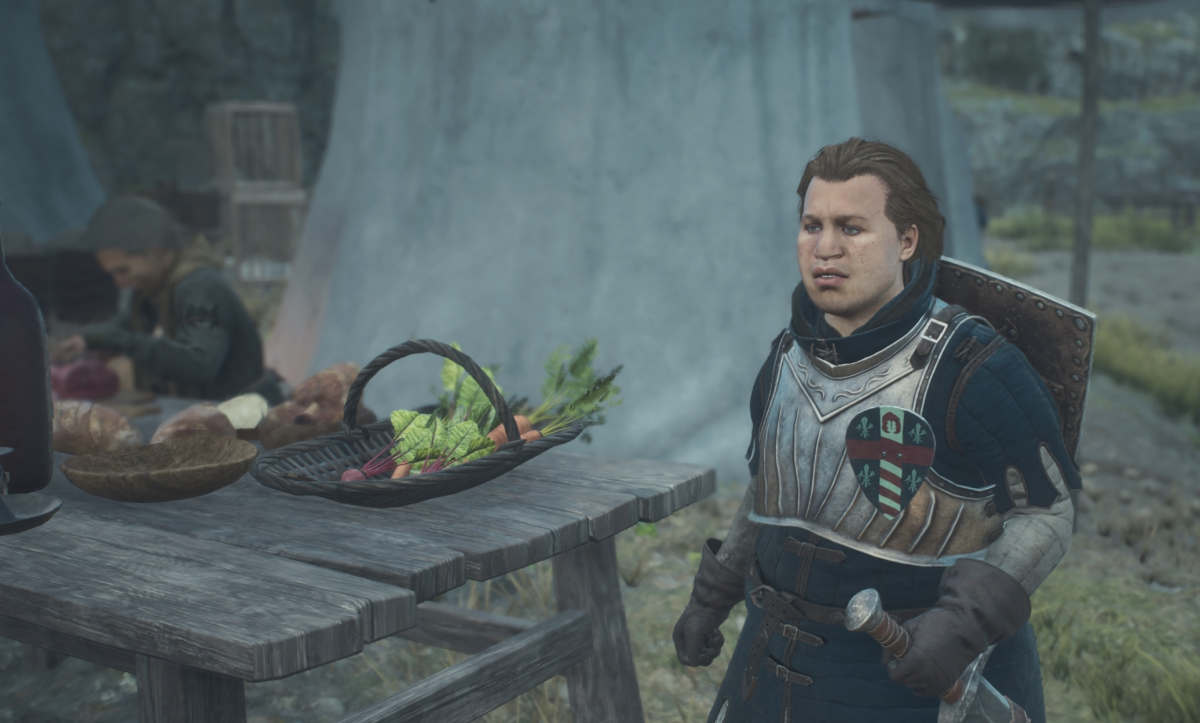What happens to esports when they die? Do all dead esports go to heaven? Where do the players go, and is there a future for them?
Esports live and die by their communities and developers. Most games that grow into the larger zeitgeist of the esports world do so through the power of the community, pushing the boundaries of the game’s competitive viability. However, developers do need to foster their competitive communities if an esport wants to survive the ecosystem.
So, then, what happens to titles that don’t maintain either, or both, developer and community support? Those games end up in the esports graveyard, guided by their dwindling community members leaving for other games and losing interest in the title. They are then lowered into the grave as their developers cut funding and support for tournaments and leagues, or for the game altogether.
“Once you get a taste of big money and big prizes, then all of a sudden you take it all away,” multi-esports veteran Chris “Bitey” Mohn said. “Well, it just pops for a bit.”
We’ve seen what has happened with Heroes of the Storm, Guild Wars 2, Battlefield Heroes and Paladins. These esports have “died” and are no longer a draw for competitors or, in some cases, even casual gamers. But dead esports communities are full of cautionary tales and community triumphs. Here are just a few of them.
Heroes of the Storm
Heroes of the Storm is a team-based game that brings together beloved characters from across Blizzard Entertainment’s multiple franchises. Alongside its debut, the game’s annual Heroes of the Dorm tournament began in 2015. Then, in 2016, Blizzard kicked off the first Heroes of the Storm Global Championship series. The next two years were full of these Heroes of the Storm Global Championship events.
However, everything ended in 2018. The company just didn’t have the resources to keep giving the title the same level of support it needed to thrive. “We now have more live games and unannounced projects than at any point in the company’s history,” the announcement stated. As a result, some developers were shifted from Heroes of the Storm to other projects.

“This isn’t the first time we’ve had to make tough choices like this,” Blizzard stated. The announcement added how games like Overwatch, World of Warcraft, Diablo II and StarCraft II wouldn’t exist if similar decisions weren’t made in the past.
“A little bit of a roller coaster; with an abrupt ending when Blizzard decided not to continue the HGC format,” Dennis “HasuObs” Schneider said.
HasuObs is a streamer for Team Liquid and currently plays for team 30k in the Heroes of the Storm Community Clash League. The tournament began in 2019 and is organized by HeroesHearth and Wisdom Media.
“I wish it didn’t happen that way with the HGC so the pro-players from that time would still be around,” HasuObs added. “But, of course things, change and, over time, the Heroes scene has stabilized — and we do have options in terms of tournaments. The game itself was always fun for me and still is.”

While HasuObs said playing in the CCL is tricky because games take place on the North American server and he is European, but that the size, structure and production of the league has always helped him stay hyped.
“Honestly, I’m just very happy about the fact that we have a big ongoing tournament in Heroes that also connects the different regions, as we have players from North America, Europe and Korea,” HasuObs said.
The CCL doesn’t just host players from around the world, but it also features people like Phillipe “Nazmas” Laberge, who has been there since the beginning. While he now plays in the Heroes of the Storm Community Clash League for Oxygen Esports he was first introduced to the game when it was in alpha. Nazmas then competed in the 2017 and 2018 Heroes of the Storm Global Championships with Team Freedom, going up against contenders like Team Liquid and Tempo Storm. He shared one of his favorite memories involving a live showcase and a crowd of supporters, a stark contrast to playing the esport now.

“It has to be when a young fan came up to [Vincent “Lutano” Alonso] and I and said how much he liked our team and the weird heroes I played, like D.Va and Samuro,” Nazmas said. “We ended up giving him a signed Team Freedom shirt and his smile was worth it.”
While those moments may be gone for now, they may not be lost forever. According to HasuObs, who is playing his second season of the Heroes of the Storm Community Clash League with team 30k, his teammates share a similar mindset when it comes to helping the competitive scene thrive
“It’s kind of a new era within HOTS esports,” he said. “Teams and players are trying a bit harder again, and the structure of the league gives a good opportunity to those who want to compete on a higher level again.”

To Nazmas, getting to play in the Community Clash League is also a chance for him to continue competing at the highest level in a game he loves. For somebody who is competitive, there is nothing that can replace the feeling of a hard-fought victory, and he said he is glad he had that opportunity. While the chance seemed to disappear once Blizzard stopped supporting the scene, he has another shot thanks to the community.
“I’d say the journey started with a lot of practice, failure and sweat,” Nazmas said. “But, eventually, it paid off as we became a better team. Then, I guess, at one point, the league came to an end. But then the community revived it with its love for the game. And here we are now—rebuilding that knowledge and competing again.”







